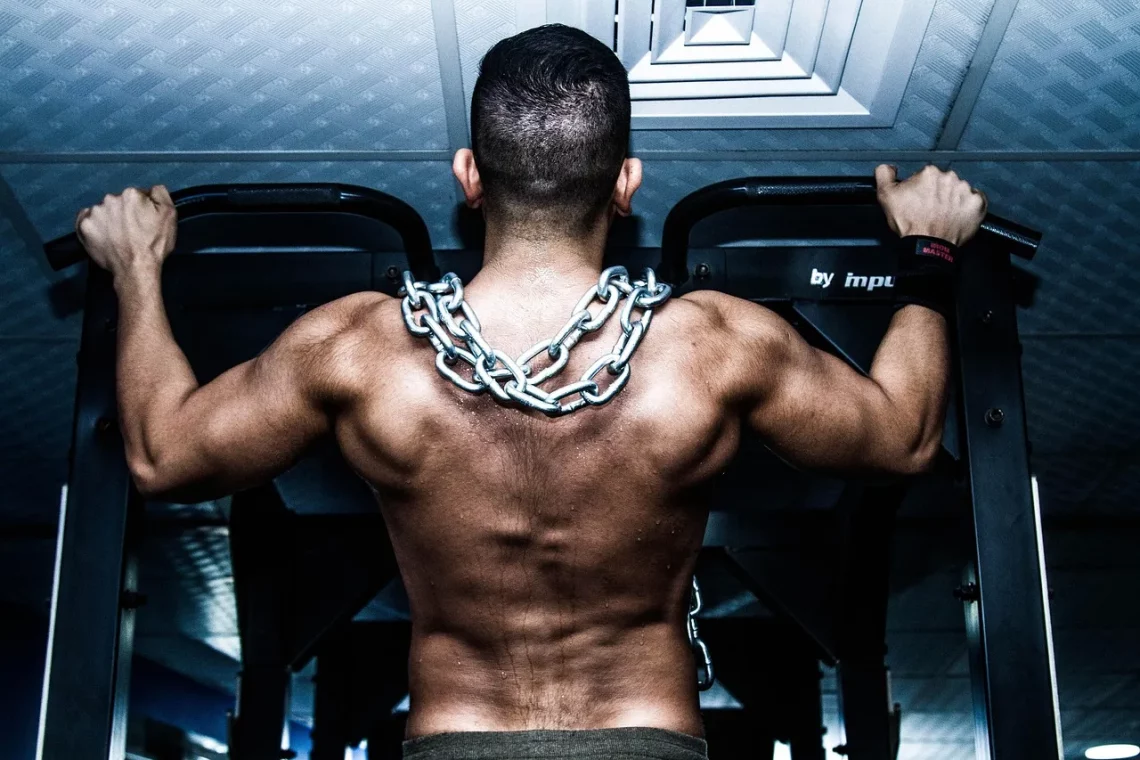
Maximize Your Gains: The Ultimate Guide to Gym Chest Machines
When it comes to achieving a well-defined chest, gym enthusiasts often find themselves navigating the vast array of equipment available. Among the myriad of options, gym chest machines stand out as a popular choice for both beginners and seasoned lifters alike. These machines offer a unique blend of stability and isolation, allowing users to target the chest muscles with precision. Unlike free weights, which require additional stabilization and technique, gym chest machines provide a guided path for movement, minimizing the risk of injury while maximizing gains.
Understanding the mechanics of chest machines is crucial for anyone looking to enhance their workout routines. From the bench press machines to the cable crossover units, each machine is designed to engage specific muscles in different ways. The chest, primarily composed of the pectoralis major and minor, benefits from varied angles and resistance types. This is where gym machines truly shine—by offering adjustable settings that cater to individual needs and body types.
Incorporating these machines into your training regimen not only promotes muscle growth but also helps in maintaining proper form, which is essential for long-term fitness success. Whether your goal is to build mass, increase strength, or improve endurance, a well-structured routine utilizing chest machines can pave the way for impressive results.
Understanding Chest Machines: Types and Benefits
Gym chest machines come in various types, each designed to target the chest muscles differently. The most common types include the chest press machine, pec deck machine, and cable crossover machine. Understanding these machines and their benefits is key to maximizing your workout.
The chest press machine is similar to the traditional bench press but provides a more controlled environment. Users push a set of handles away from their body while seated, directly engaging the pectoral muscles. This machine is excellent for beginners as it helps to build strength without the need for a spotter. Additionally, the chest press machine can often be adjusted to target different angles, allowing for variation in your workout routine.
On the other hand, the pec deck machine focuses on isolating the pectoral muscles by bringing the arms together in front of the chest. This motion effectively works the inner chest, enhancing definition and muscle shape. Many gym-goers find that incorporating the pec deck into their routine results in a more sculpted appearance.
Lastly, the cable crossover machine offers versatility and dynamic movement. Unlike fixed machines, the cable crossover allows users to perform various exercises that target not only the chest but also the shoulders and triceps. By adjusting the height of the cables, you can engage different parts of the chest, making it a fantastic addition to any workout.
In summary, the benefits of using chest machines extend beyond mere muscle growth. They provide a safer environment for lifting, allow for targeted muscle isolation, and offer variety in your workouts. By understanding the different types of chest machines and how they can contribute to your fitness goals, you can make informed decisions about your training regimen.
Techniques for Optimal Use of Chest Machines
Using gym chest machines effectively requires proper technique and form. Without these elements, you risk injury and may not achieve the desired results. Here are some essential techniques to ensure you get the most out of your chest machine workouts.
First and foremost, always adjust the machine to fit your body. Most machines come with adjustable seats and handles, allowing you to customize the setup for your height and arm length. Proper alignment ensures that the machine targets your chest muscles effectively and helps prevent strain on your joints.
Once you’ve adjusted the machine, focus on your form. Sit up straight with your feet flat on the ground and your back pressed against the seat. Grip the handles firmly, but not so tightly that your hands become tense. As you begin your exercise, engage your core to maintain stability throughout the movement.
Controlled movement is critical when using chest machines. Avoid jerking or using momentum to complete your repetitions. Instead, focus on a slow and steady motion, fully extending your arms and then bringing them back to the starting position. This controlled approach maximizes muscle engagement and helps build strength over time.
Additionally, consider incorporating a variety of exercises into your routine. While it may be tempting to stick to one machine, varying your workouts can prevent plateaus and encourage muscle growth. For instance, alternating between the chest press and pec deck machines can provide a balanced workout that targets different parts of the chest.
Finally, listen to your body. If you experience pain or discomfort while using a machine, stop and reassess your form or the weight you are using. It’s essential to challenge yourself, but pushing through pain can lead to injuries that could sideline your progress.
Integrating Chest Machines into Your Workout Routine
Incorporating chest machines into your workout routine requires strategic planning to ensure you achieve balanced muscle development. A well-rounded routine not only enhances chest strength but also complements the overall body workout.
Start by determining your fitness goals. If your primary objective is to build muscle mass, aim for heavier weights with fewer repetitions. Conversely, if you’re looking to tone and define, lighter weights with higher repetitions may be more effective. Tailor your machine exercises to align with these goals.
A sample workout routine could include a combination of chest machines and free weights. For example, begin with a warm-up on the chest press machine, performing three sets of 8-12 repetitions. Follow this with the pec deck machine for another three sets, focusing on the inner chest. Finally, finish your routine with cable crossovers for added variety and muscle engagement.
In addition to targeting the chest, it’s essential to include complementary exercises that work the back, shoulders, and arms. Balancing your workouts in this way not only promotes overall strength but also helps prevent muscle imbalances. Consider integrating exercises like rows, shoulder presses, and tricep pushdowns to round out your routine.
Furthermore, pay attention to your rest and recovery. Muscles need time to repair and grow stronger, so allow at least 48 hours before working the same muscle group again. This approach not only enhances performance but also reduces the risk of overuse injuries.
Finally, track your progress. Keeping a workout journal can help you monitor your weights, repetitions, and overall performance. This data is invaluable when it comes to making adjustments to your routine and ensuring continuous improvement.
In conclusion, integrating chest machines into your workout routine can significantly enhance your strength and muscle definition. By understanding how to use these machines effectively and strategically planning your workouts, you can achieve optimal results.
**Disclaimer:** This article is for informational purposes only and does not constitute medical advice. Always consult a healthcare professional before starting any new exercise program, especially if you have any pre-existing health conditions or concerns.




